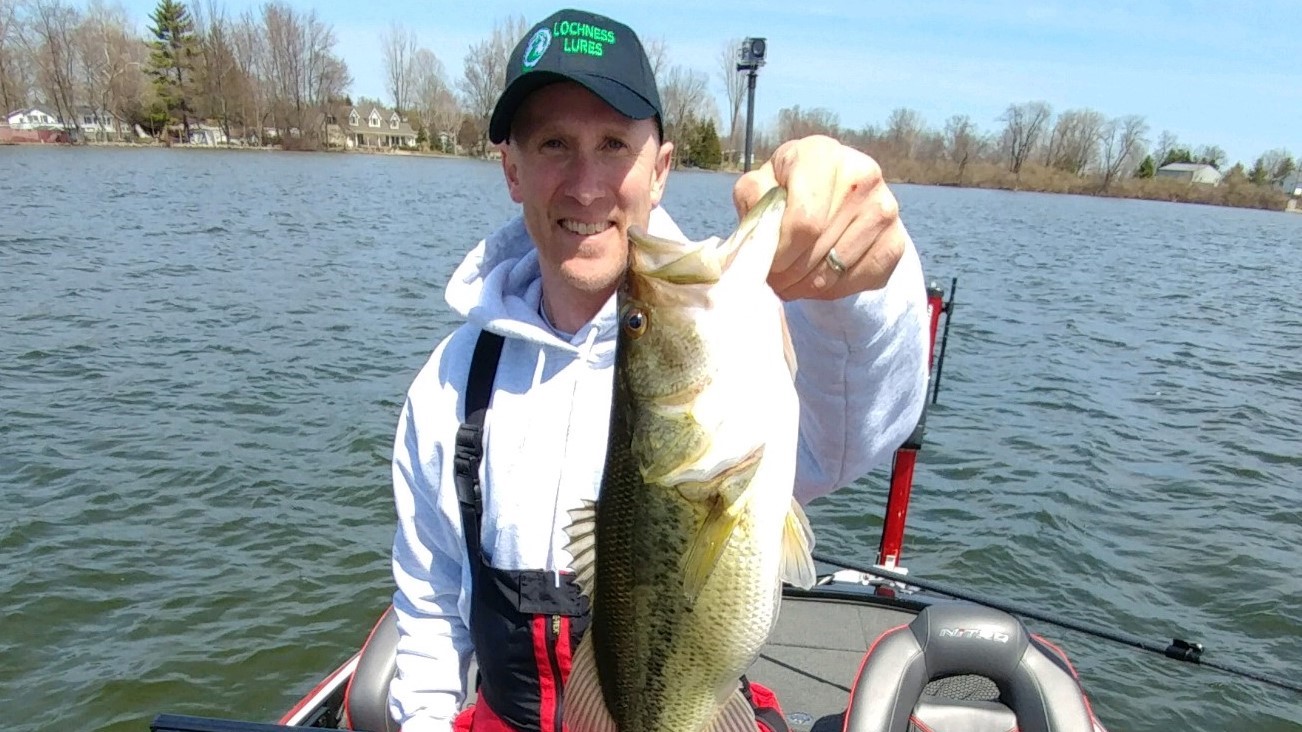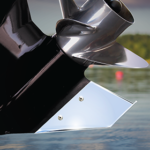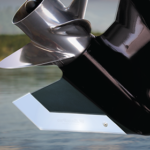Fishing with Bladed Jigs
After being pivotal for high finishes in several professional bass tournaments in 2006, the bladed jig took the fishing world by storm. Despite being simple and cheap to mimic, it became nearly impossible to obtain. Backorders were months long. The original was called a Chatterbait, but is now more broadly called a bladed jig.
Bladed Jigs Explained
In essence, it combines the better of two traditional bass lures: the jig and spinnerbait. But unlike a jig, it is worked with a horizontal retrieve, and unlike the spinnerbait, the blade gives off a violent vibration when retrieved through the water. Rod tips vibrate. Bass hear it, see it, and the vibration drives their lateral line crazy. Since 2006, the bait now comes in countless colors, sizes, and is made by countless manufacturers and angler garages.

When and Where to Use Bladed Jigs
Bladed Jigs can catch fish year round, but I find it most effective in three scenarios:
- It reigns supreme during the pre-spawn. Bass are actively feeding up for the rigors of the spawn. Working it through weeds where bluegill congregate is an excellent place to begin probing it, but it is also effective to retrieve along docks where bass ambush prey. The lipless crankbait and bladed jig make an excellent 1-2 punch.
- Current in rivers are often darker in color and make feeling prey more difficult for bass. This makes the bladed jig an excellent option no matter the time of year. I can be worked along riprap, laydowns, and inside turns. Often, the bladed jig is thought of as a largemouth slayer, but if the river system holds smallmouth, expect many of them to latch on as well.
- Similarly to current, rain brings overcast skies and makes hearing prey difficult for bass. Again, the bladed jig comes to the rescue. Rather stained or ultra-clear water, this bait in the rain will call bass from long distances.
Bladed Jigs: K.I.S.S
The blade is offered in several shapes, and each creates its own unique vibration. An angler can literally spend a lifetime trying each one out. I apply the acronym K.I.S.S. with bladed jigs: Keep It Simple Stupid. After spending years learning different blade vibrations, I finally called uncle, and I am a better angler for it.
Ultimately, this bait is made to have a violent vibration, and a strong blade is certain to accomplish this, so I no longer waste time experimenting with multiple blade shapes. To keep it simple, I’ve settled on a specific brand, which will come later, because the blade does not flex and it creates a vibration I can feel in my rod top 50 feet away. I also stick with one color: black. Professional bass angler Brett Hite said it best when shared he has “never seen a bluegill with a silver head.” In the professional ranks, Hite is considered the bladed jig expert.
Color Selection for Bladed Jigs
Colors are also selected with a simple approach. In stained water green pumpkin gets my nod, but muddy water calls for a black or black and blue combination. Clear water demands matching it to the forage. On most water less than 5 feet deep, a bluegill color scheme is most effective. It is always matched up with a trailer and any grub or swimbait will give it a more attractive action.
Catching fish is not just a passion for me, but also a way to make revenue. This makes protecting my boat (my wife laughs when I call it my office) vital. I trust Megaware because of their reliability. I also trust 9k Elite Lures to make reliable bladed jigs. They have tough blades, are made custom to order, and the color schemes are killer.







Comments